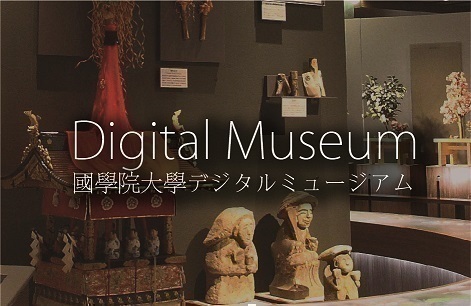- トップ
- Encyclopedia of Shinto
- Shōreisai
Encyclopedia of Shinto
| Main Menu: | |
| Links: |
詳細表示 (Complete Article)
| カテゴリー1: | 5. Rites and Festivals |
|---|---|
| カテゴリー2: | Individual Shrine Observances |
| Title | Shōreisai |
| Text | "Annual festival of pines." A festival held from December 31 to January 1 at Dewasanzan Shrine in Haguro Township, Higashitagawa District, Yamagata Prefecture. It is also known as the toshiya matsuri ("evening festival of the years"). Dewasanzan ("Dewa [province] three-mountain") Shrine jointly celebrates three mountains: Mt. Gassan, Mt. Haguro, and Mt. Yudono. The joint hall of worship (gōsaiden) for the three is located on Haguro. The festival was originally handed down mainly by mountain ascetics (shugenja, see shugendō) from Haguro, but today that role is played primarly by the priests (shinshoku) and the shrine's parishoners (ujiko). The ceremony centers on two matsuhijiri (literally, "pine saints," a type of mountain ascetic) referred to as Ijō and Sendo who undertake severe purification rituals (saikai). When the purification period ends on December 30, a large pine torch is made in a purpose-built shed situated in the courtyard before the main shrine. The torch's appearance is said to modeled on the harvest mites that troubled the local populace in the past. In the afternoon on December 31—the day of the festival itself—the rope binding the torch is cut and pulled apart, and attendees scramble to get pieces to take home. This is the the rope-shredding ceremony (tsunamaki gyōji). Hanging the rope fibers from the eaves of a house is said to prevent fires and ensure the household's prosperity. There is a ceremony in the evening at the joint hall of worship. At around 11 p.m. two ascetics representing Ijō and Sendo hold a contest of their capabilities as ascetics at the sanctuary (honden) in front of a person dressed as a sacred rabbit. At the sound of a conch shell horn, two groups of naked young people in the courtyard who represent the two matsuhijiri pull on the torch with a large rope and burn it in the designated snowpit. This event is called "the funeral of the harvest mite" (tsutsugamushi okuri). The speed of the matsuhijiri during this event and the way in which the torch burns determine the winner and also divine what harvest to expect from the land and the sea. A further ceremony called the "classifying the land rite" (kuniwake shinji)—a ritual cadastral survey for classifying the former provinces around Haguro, Kumano, and Hikosan—takes place around midnight. This is followed around 1 a.m. by the hinouchikae no shinji ("flame-changing rite") in which the impure fire that burned the torch is changed.. For this rite, two people made up with rouge and white face powder who are called "firestarters" (matsu'uchi) carry flints around the kagami taimatsu (literally "mirror firebrand") three times. They then transfer the flame to gunpowder in a fire bowl. Finally, with the announcement of the victor in the matsuhijiri contest at the sanctuary, the complex conglomeration of rites that is the shōreisai comes to an end. — Mogi Sakae |




